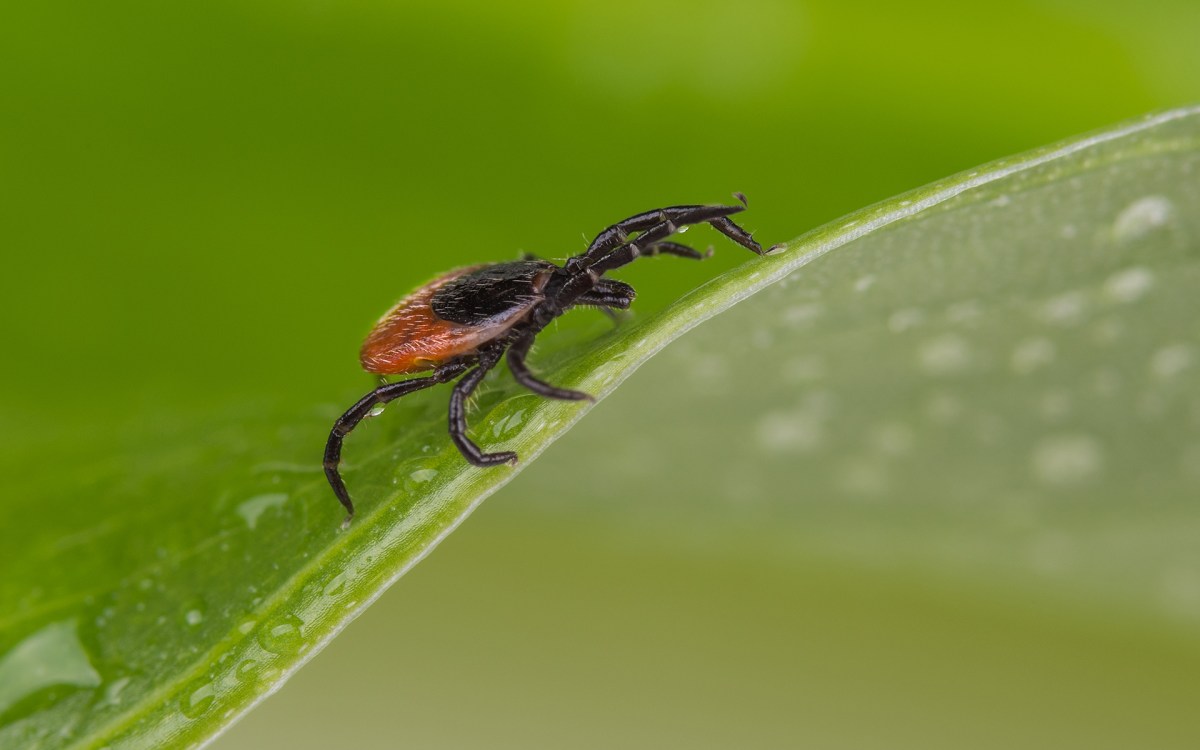Schepens scientists regenerate optic nerve for the first time
In earlier research, Dr. Dong Feng Chen, lead author of the study, assistant scientist at Schepens Eye Research Institute and an assistant professor of ophthalmology at Harvard Medical school, and her team discovered several processes that they believed “locked up” the optic nerve’s ability to regenerate. The first lock was the turning off of the gene BCL-2, which, when turned on, activates growth and regeneration. The second lock, they theorized, was a scar on the brain created shortly after birth by “glial” cells.
In the current research, Dr. Kin-Sang Cho, research associate in Chen’s laboratory and the first author of the paper, tested two keys to unlock regeneration. The first key involved the development of a mouse model in which the BCL-2 gene is always turned on (or is over-expressing). The second key was the use of a mouse line carrying mutations of “glial specific genes” that lead to the reduced “glial scar” formation.
Unlocking the regeneration with the first key caused robust optic nerve regeneration, but only in the mice whose brains had not yet formed a “glial scar.”
Cho then added the second key by combining BCL-2 over- expresser with the “glial gene” mutation to prevent the development of the “glial scar” in the older transgenic mice. He found that this combination caused rapid, robust regeneration of the optic nerve again, as with the younger mice.
The next step for Chen and her colleagues is to determine if the regenerated optic nerves were functional.





